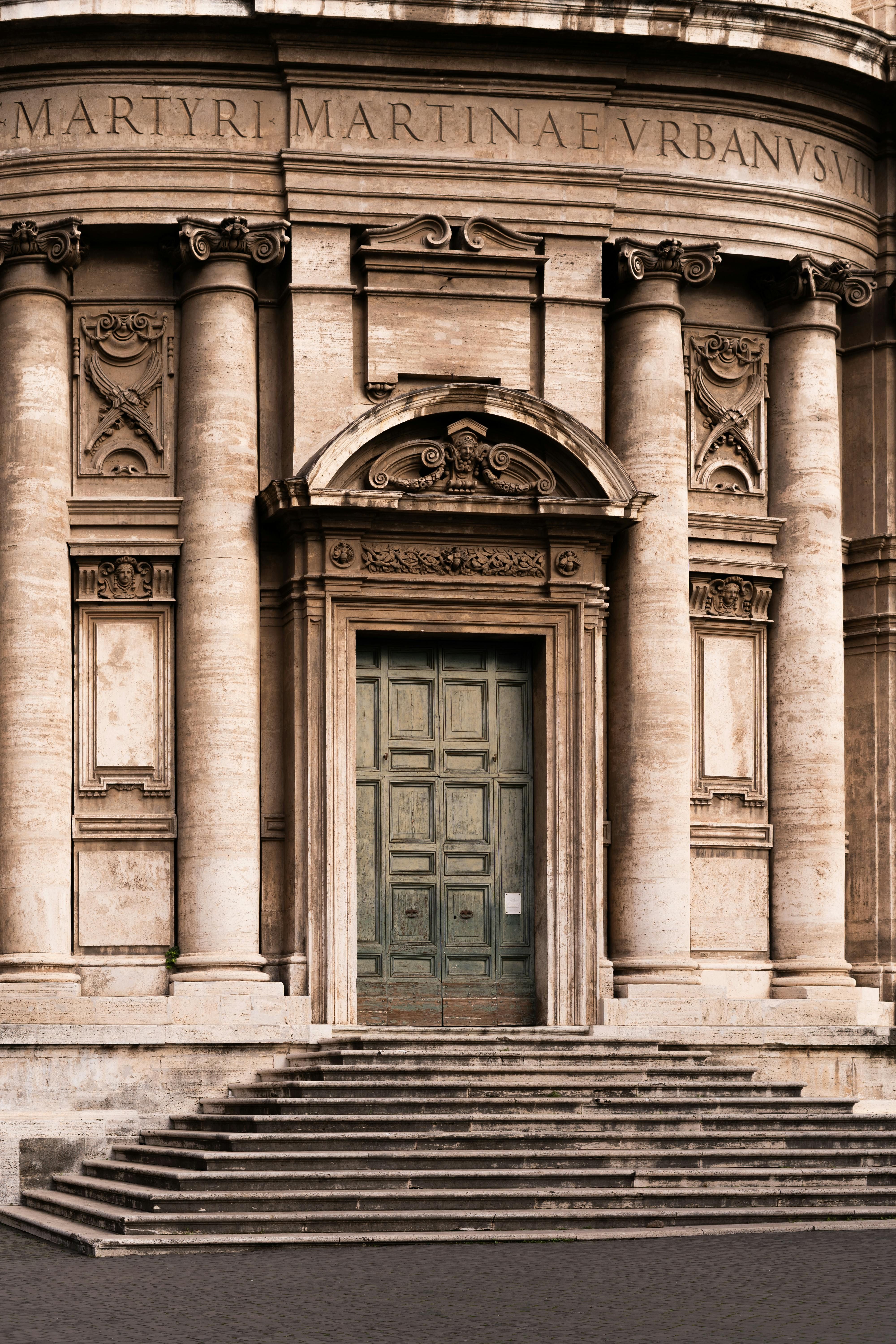Unraveling Trier's Ancient Secrets: An In-Depth Look at Roman Brick Research
- Investigators delve into the origins of Trier township
Wannabe historians, get your shovels ready! Researchers are diving headfirst into the history of the German city of Trier, once a significant economic and political powerhouse within the Roman Empire. This epic venture involves a two-year study, funded by the German Research Foundation (DFG) with a whopping €340,000, to uncover the mysteries of how Roman bricks were made and distributed in ancient Gaul.
The Leibniz Centre for Archaeology (Leiza) in Mainz has announced this thrilling project, bringing together the collective brains of experts from Leiza, Frankfurt University, and the Rhineisches Landesmuseum in Trier. These archaeological mavericks have their eyes set on a yet-untapped goldmine: over 4,000 Roman-era bricks stored in the museum's depots, which form one of the largest collections in the northern provinces.
Now, here's where it gets interesting; while some of these bricks have been partially researched, most remain untouched and waiting for their close-ups. Researchers aim to delve into the world of brick production as a key economic sector during the expansion of the ancient metropolis of Trier. This study could potentially shed light on the city's rise, offering fascinating insights into its origins and the Roman Empire's enduring influence. So, buckle up and get ready to take a journey through time!
Now you're probably wondering, "What's the deal with Mainz and Frankfurt? Where do they fit into all this?" Well, Mainz is a city steeped in history, with significant Roman roots, acting as a Roman military base (Mogontiacum) and later an imperial city of the Holy Roman Empire. The research conducted in Mainz contributes to a broader understanding of Roman urbanization and military strategies, which indirectly informs our comprehension of similar dynamics in Trier.
Meanwhile, Frankfurt University excels in cultural and historical studies, providing insights into European medieval history, including the Holy Roman Empire. Although specific research directly impacting Trier might be less prominent, Frankfurt's academic contributions help paint a comprehensive picture of urban centers like Trier and the impact of Roman influence across northern Europe.
So, folks, let's get digging and unearth the secrets of Trier's past! This research paves the way for a deeper understanding of the city's economic growth and cultural development within the Roman Empire. Who knows what other ancient treasures we'll uncover along the way!
- The employment policy of the Leibniz Centre for Archaeology (Leiza) in Mainz will play a significant role in the two-year study on Roman brick research, as they contribute a team of experts to the project.
- The employment policy of Frankfurt University is crucial to this Roman brick research, as it provides insights into European medieval history, which indirectly informs our understanding of urban centers like Trier and the impact of Roman influence across northern Europe.
- The employment policy of the Rhineisches Landesmuseum in Trier will also be vital in this endeavor, as they manage one of the largest collections of Roman-era bricks, which form an untapped goldmine for the researchers.








